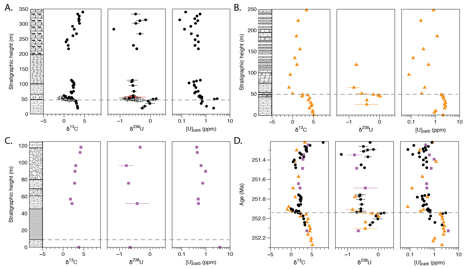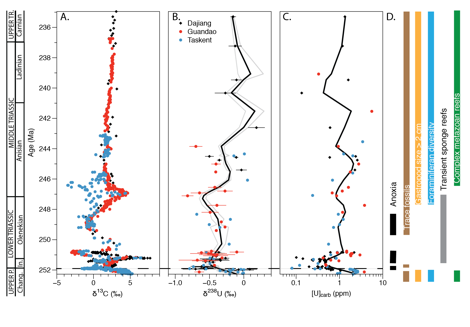Reports: ND253241-ND2: Development of U Isotopes as a Tool for Reconstructing the Extent of Global Seawater Anoxia
Katharine Maher, PhD, Stanford University



Katharine Maher, PhD, Stanford University



Copyright © American Chemical Society